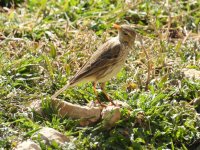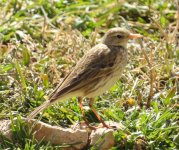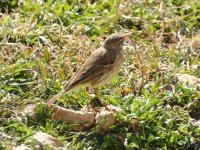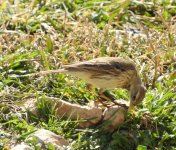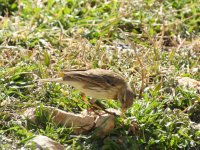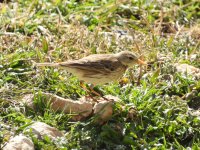I was referring, perhaps too broadly, to the IUCN/BirdLife map showing that its wintering grounds reach Myanmar, northern Laos and the border with northernmost Vietnam. That wintering area also includes south-central China.
The Asia Society declares: "Southeast Asia consists of eleven countries that reach from eastern India to China, and is generally divided into “mainland” and “island” zones ", and most maps titled 'South-east Asia' currently offered for sale include Myanmar, Laos and Vietnam, though only about half included southern China. Google Maps even includes Afghanistan and the countries between it and Papua New Guinea.
Clearly, there is much disagreement or uncertainty about what comprises South-east Asia, but I'd be happy to be advised of a suitable regional and neutral-sounding term that would include Myanmar and Laos and also has been generally accepted by those who are involved with bird breeding and wintering areas.
MJB
Yes, I should have taken more time and care to explain that coutelli winters in SW Asia, but blakistoni is the taxon that winters as far south as northern Laos and Myanmar.
MJB





